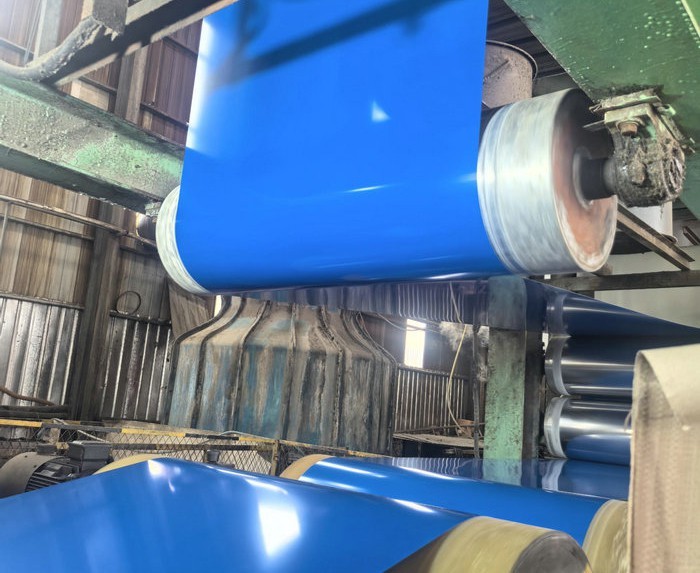 Language
▼
Language
▼
More Language
Evaluating the welding quality of color coated plates is a comprehensive process that requires consideration from multiple aspects. The following is a detailed method for evaluating welding quality by color coated plate manufacturer,supplier:
Firstly, conducting a visual quality inspection of the welding area is the most intuitive and fundamental method. The inspection includes checking whether the weld seam is flat and smooth, and whether there are welding defects such as cracks, pores, slag inclusions, etc. At the same time, it is necessary to observe whether the transition between the weld and the base metal is natural, and whether there are obvious undercutting or lack of fusion phenomena.
Welding strength is one of the important indicators for evaluating the welding quality of color coated plates. The strength and toughness of welds can be tested through methods such as tensile testing and bending testing. Tensile testing can measure the tensile strength of welds, while bending testing can evaluate the plastic deformation ability of welds under stress. These tests can intuitively reflect the mechanical properties of the weld seam, thereby determining whether the welding quality meets the standards.

For color coated welded parts that require certain pressure or sealing requirements, a tightness test is essential. The sealing performance of welds can be tested through methods such as air pressure test, water pressure test, or vacuum test. These experiments can simulate pressure changes in actual working environments to determine whether there are leaks or penetrations in the weld seam.
Due to the organic coating on the surface of the color coated plate, there may be some damage to the coating during the welding process. When evaluating welding quality, it is necessary to carefully inspect the integrity of the weld seam and its surrounding coatings. Observe whether the coating exhibits cracking, peeling, or discoloration, and evaluate the impact of these damages on the overall corrosion resistance and aesthetics of the color coated plate.
Non destructive testing is an advanced testing technology that can evaluate the quality of welds without damaging the welded parts. Common non-destructive testing methods include ultrasonic testing, radiographic testing, magnetic particle testing, and penetrant testing. These methods can detect defects inside the weld seam, such as cracks, slag inclusions, lack of fusion, etc., in order to more comprehensively evaluate the welding quality.
China galvanized plate manufacturer: Boxing Shuangshengda Steel specializes in galvanized sheet, galvanized steel plate,Colour steel plate etc.We have a full range of product specifications and types, low prices, and more than 20 years of experience, worthy of your trust